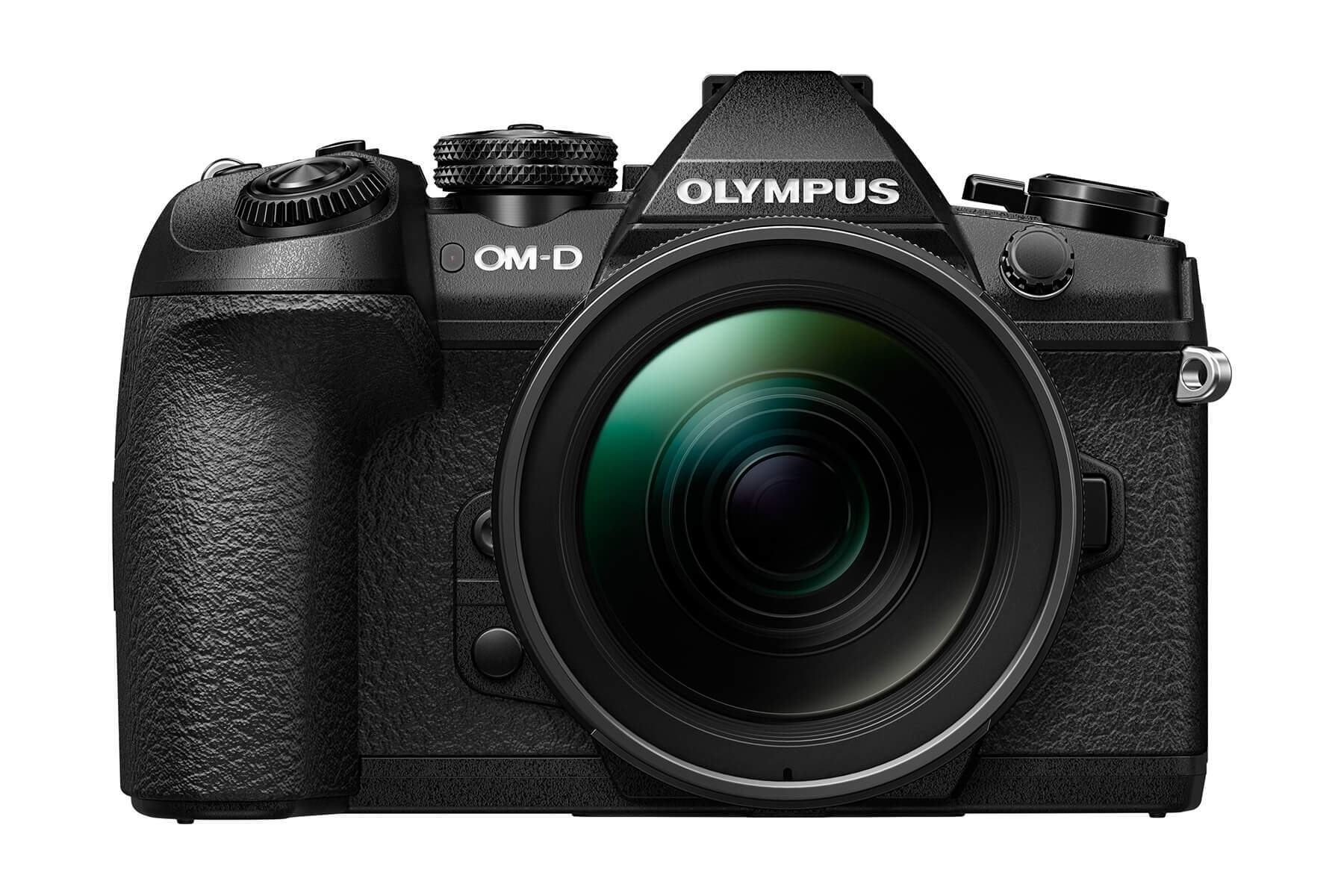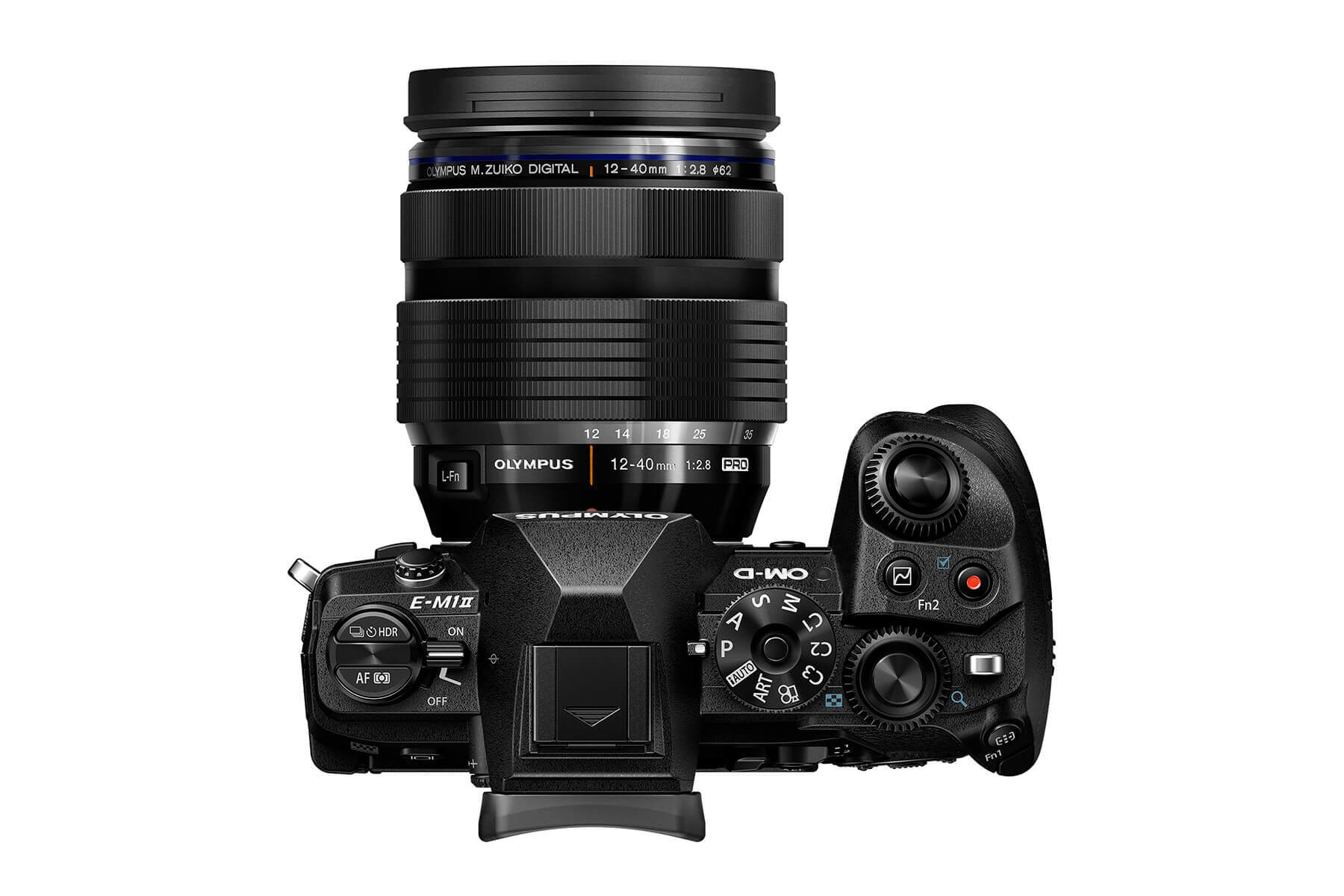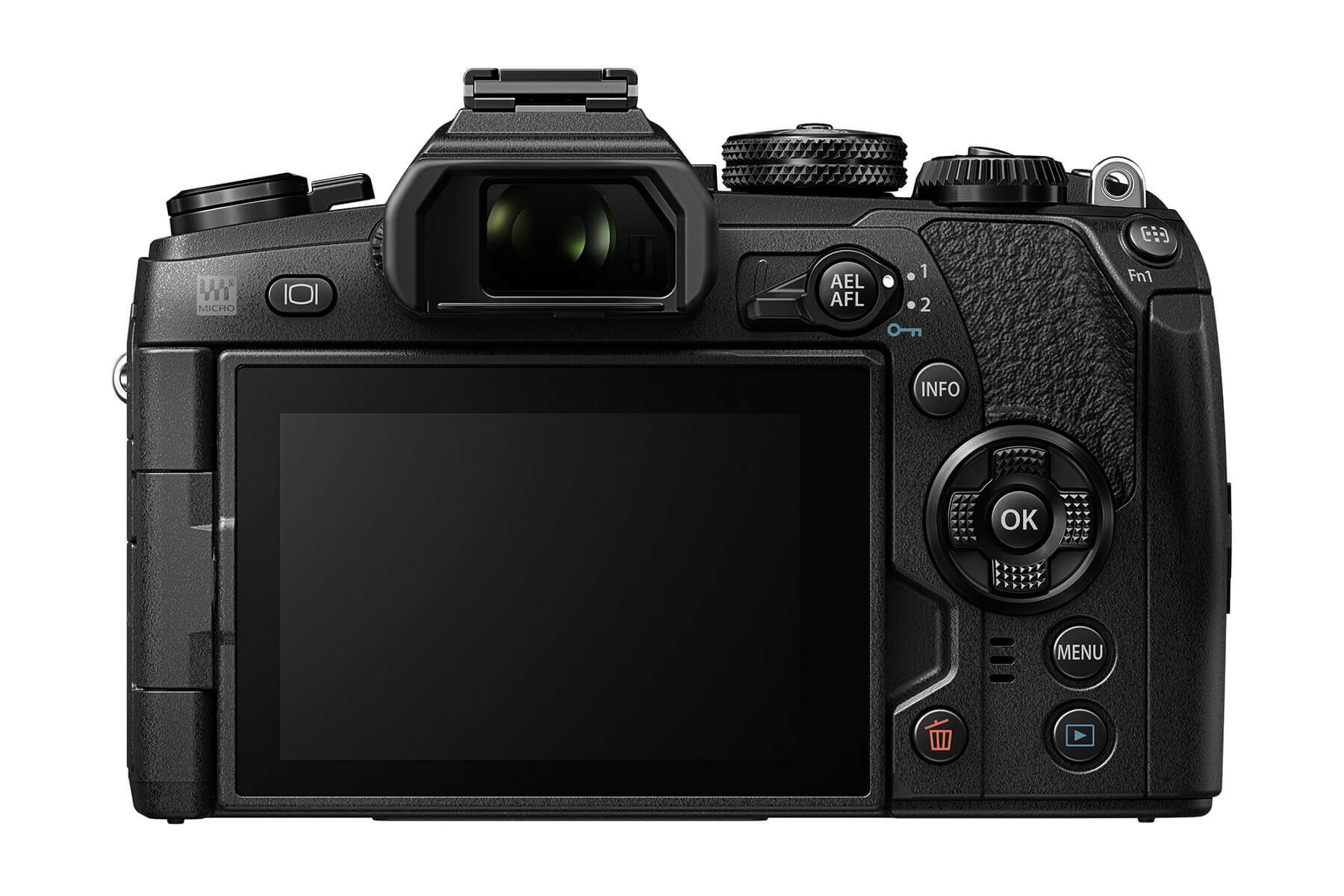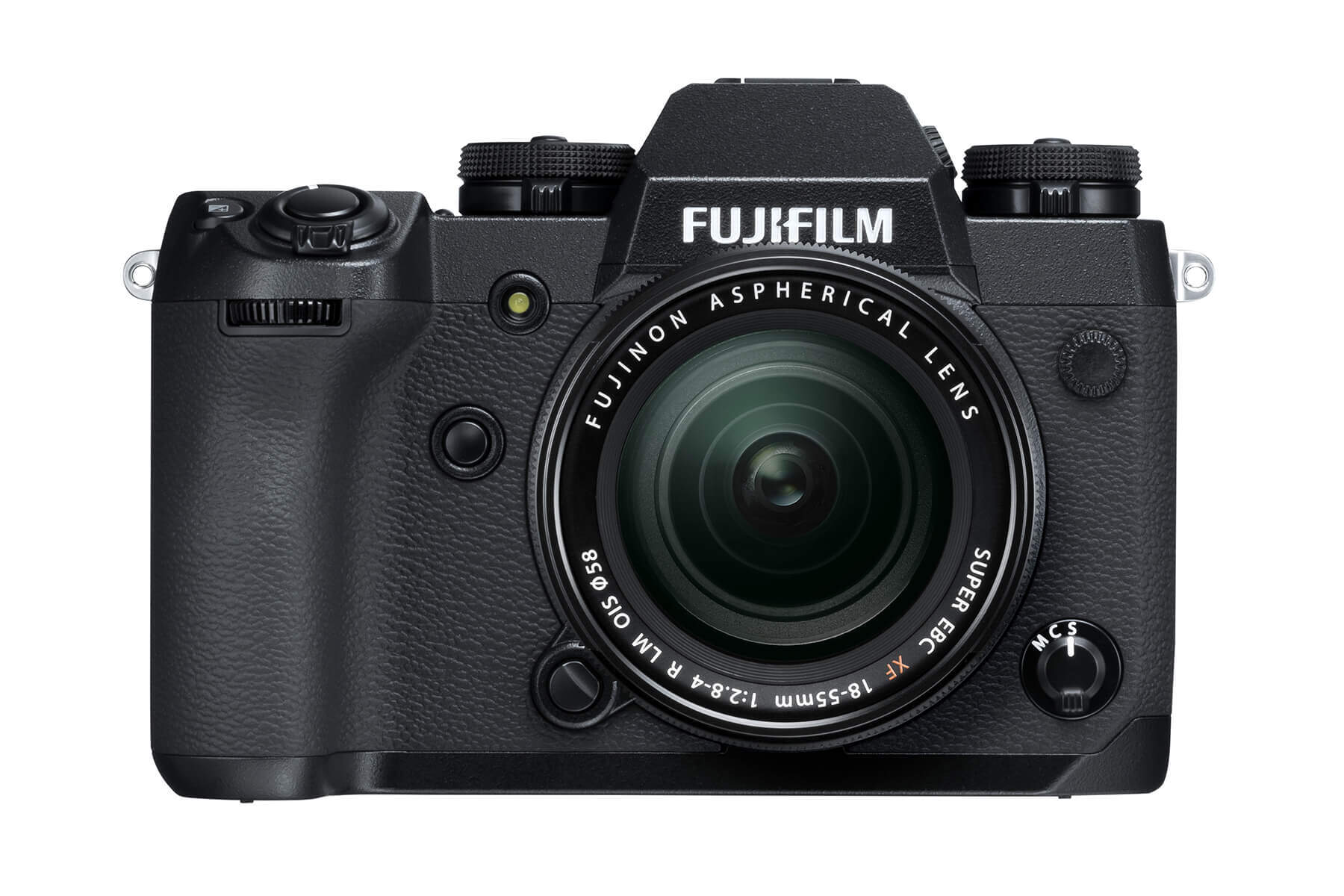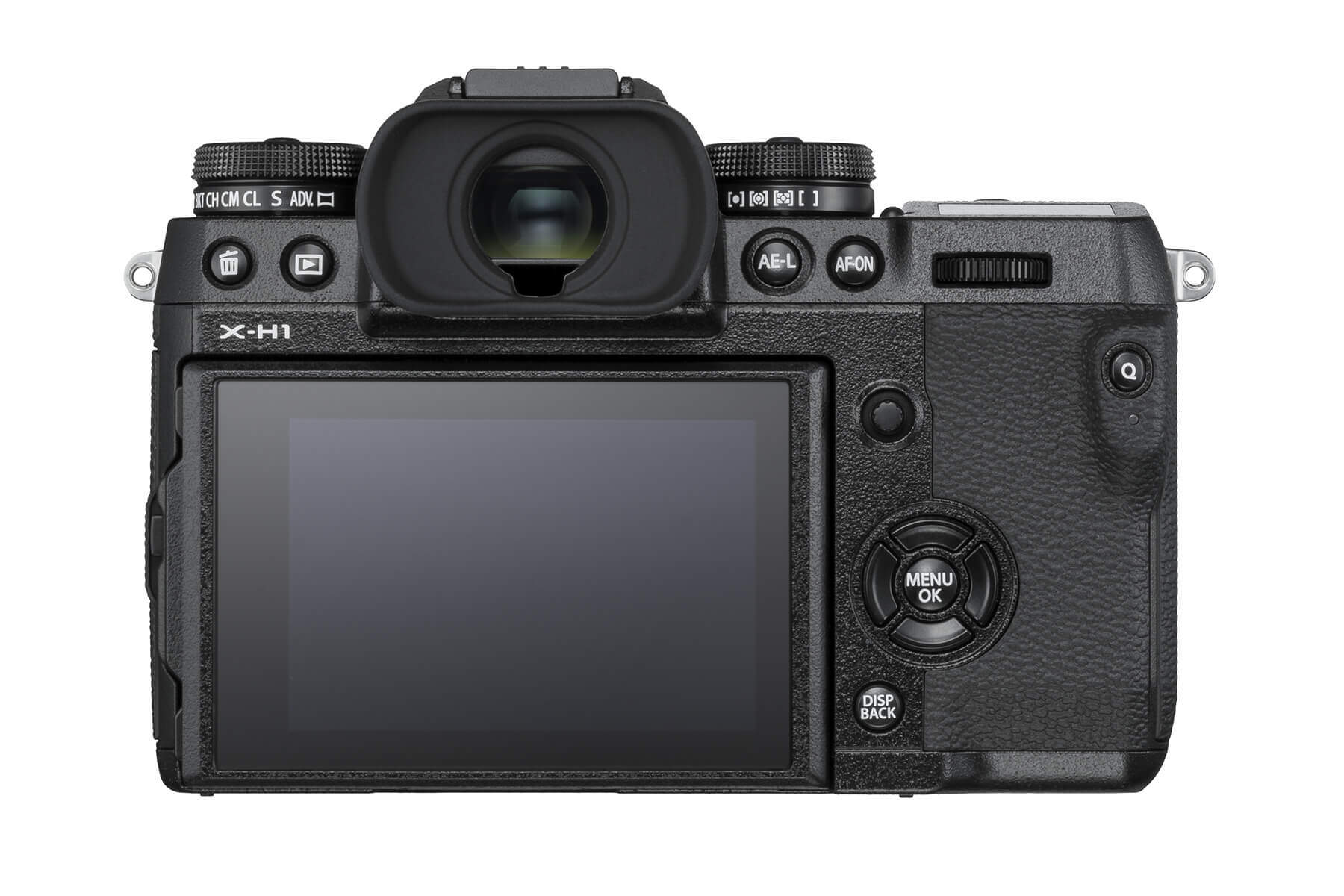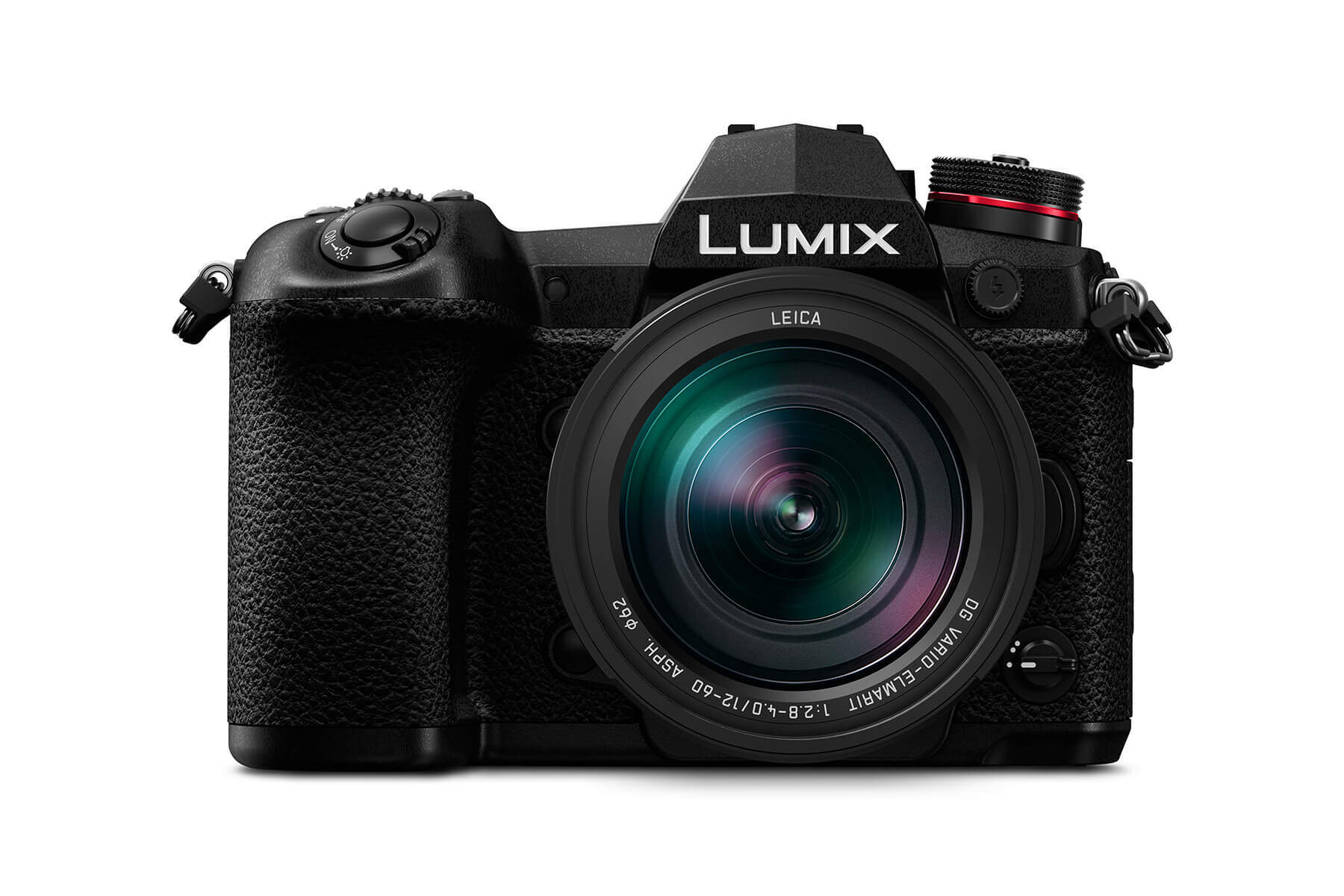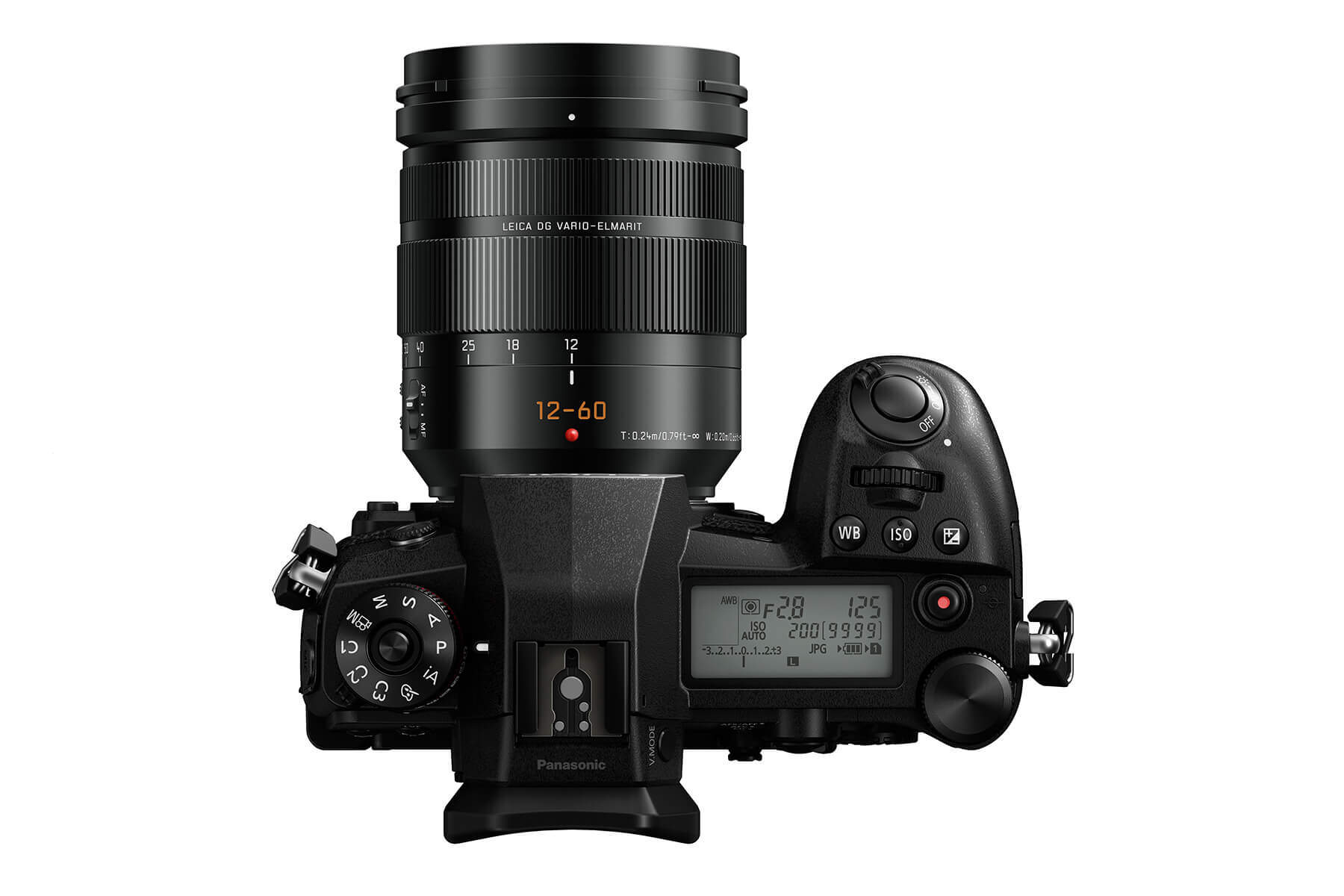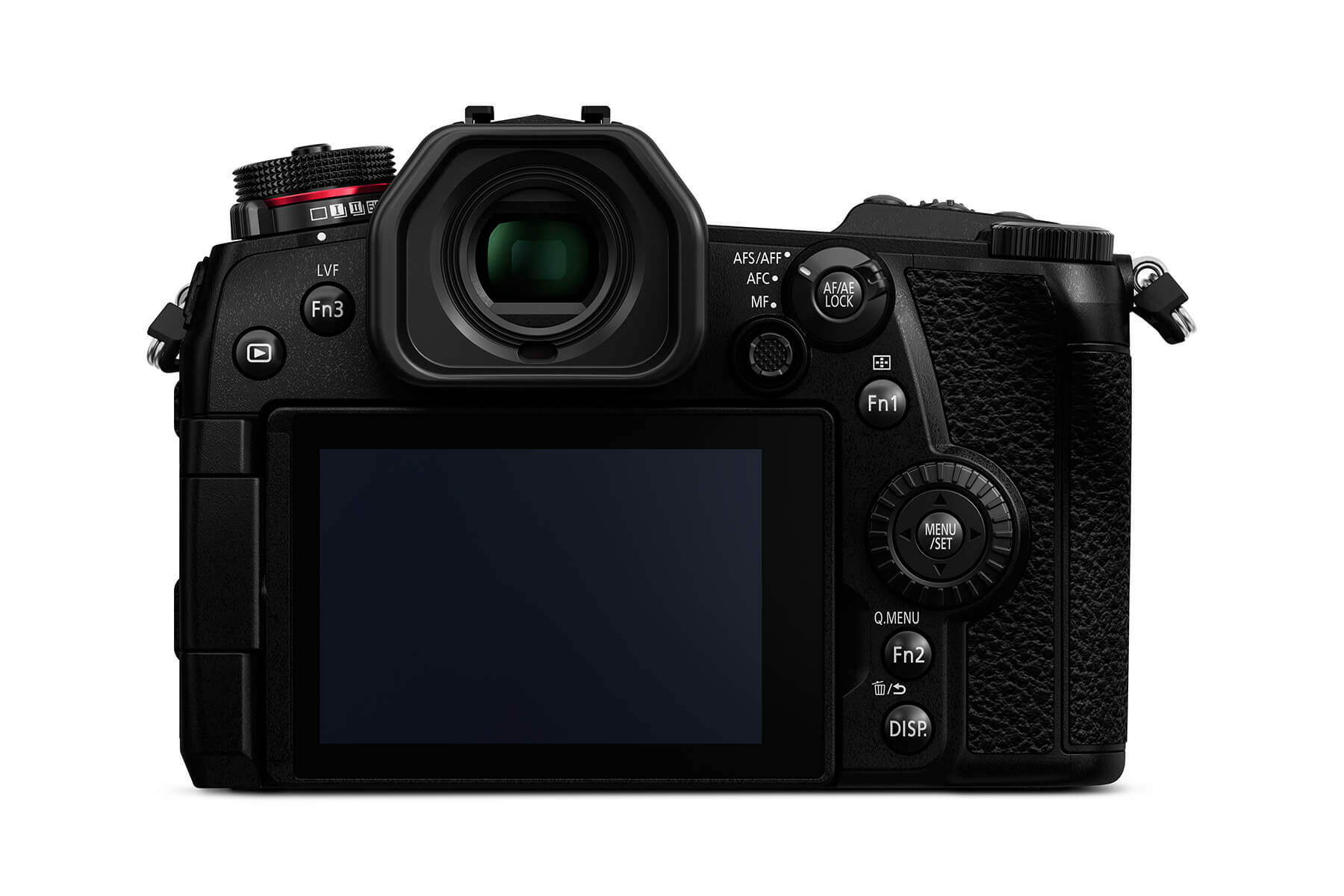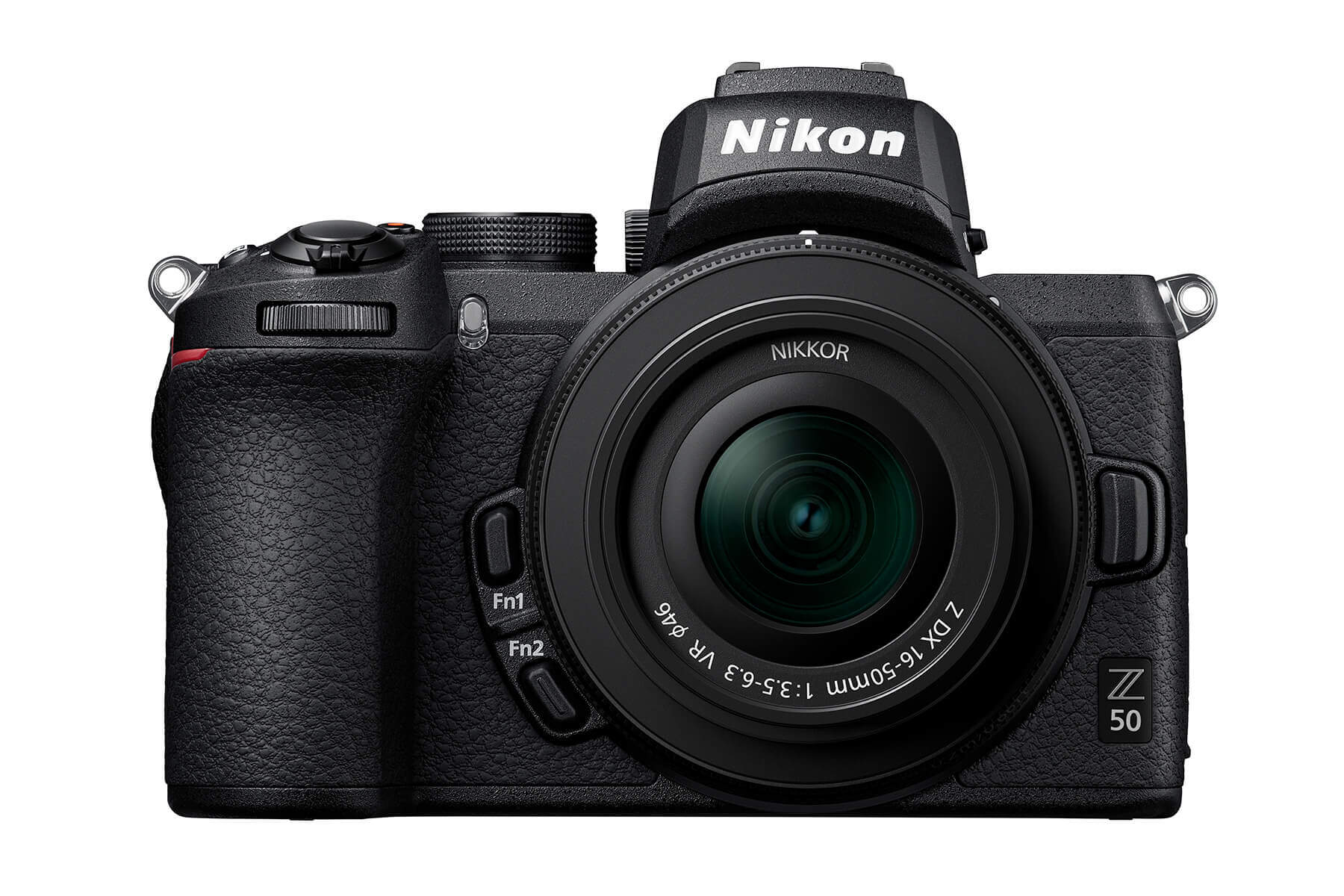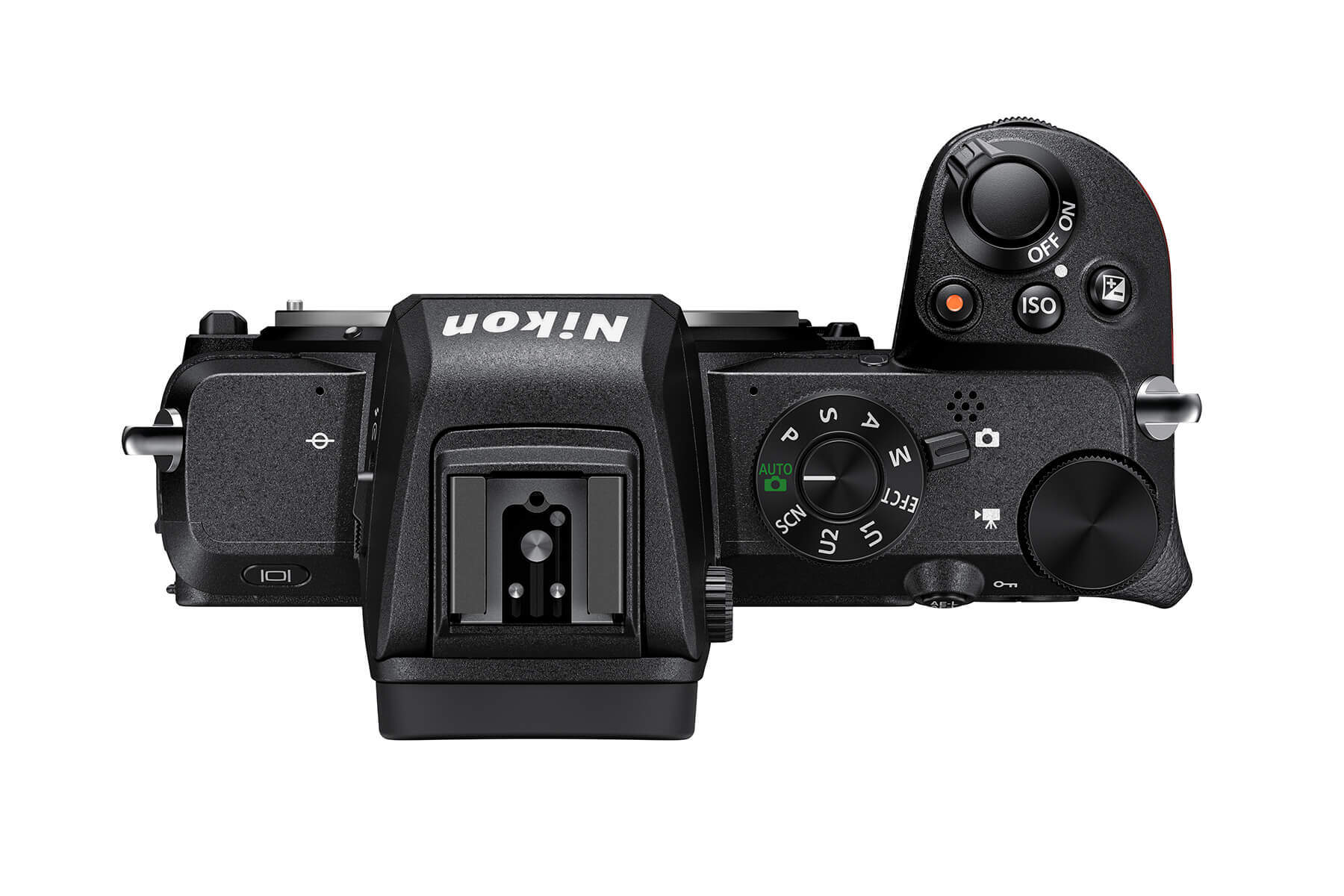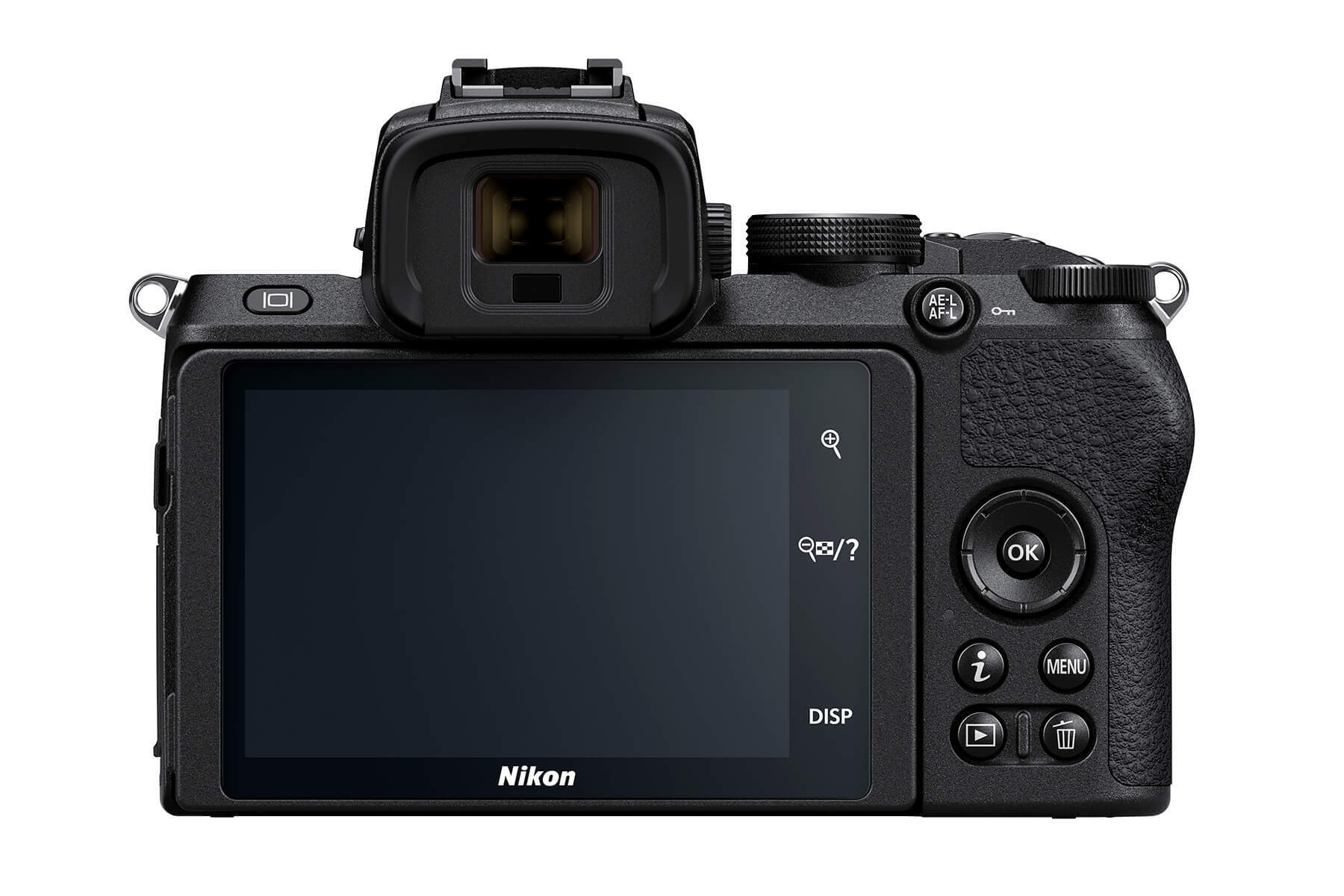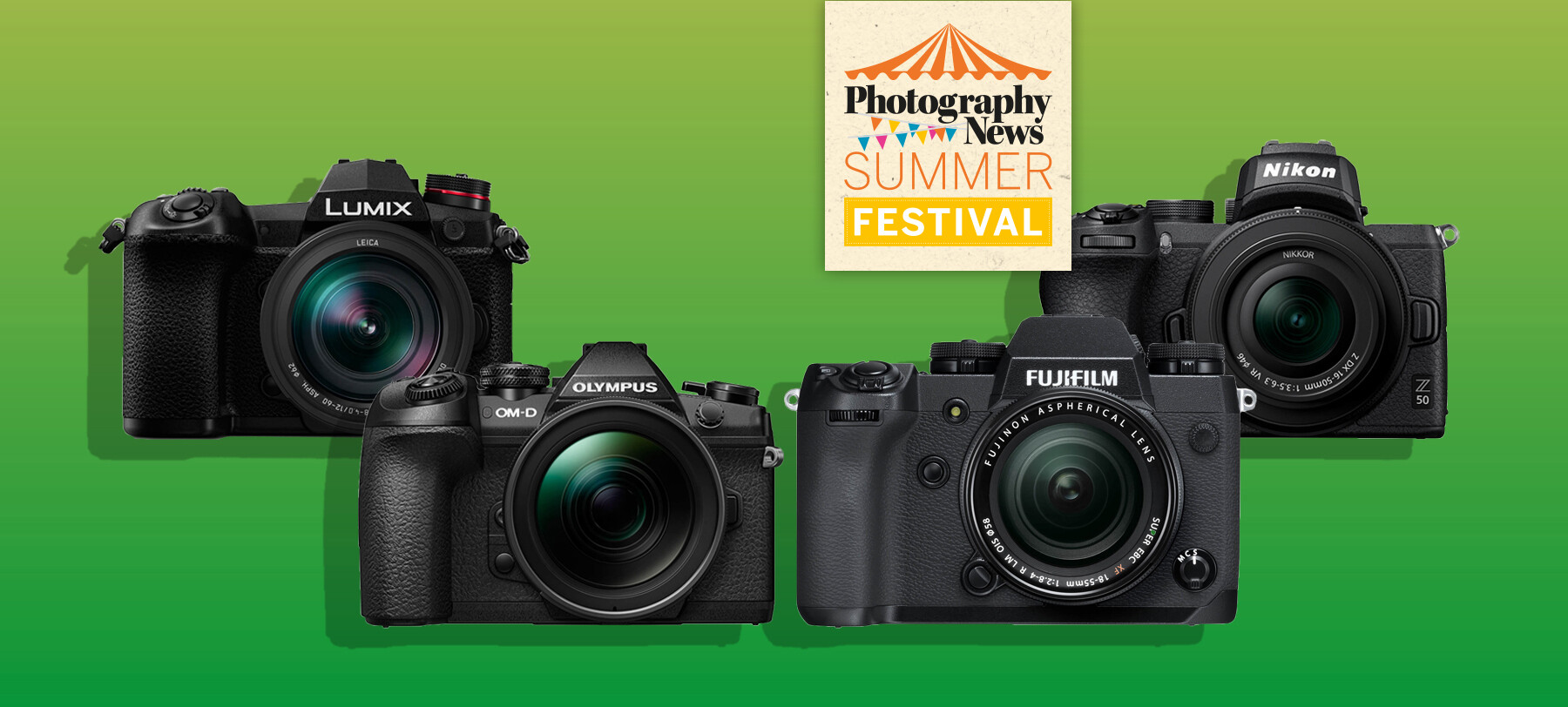
The best used mirrorless cameras in 2020
Posted on Jun 9, 2020 • 9 minute read
There are plenty of reasons to go mirrorless and even more reasons to buy used – here are some choices that are sure to spark your interest.
To kick off the first ever Photography News Summer Festival, issue 77 covered mirrorless cameras in its photo kit feature, with long exposures and beginner video tips elsewhere. In that feature – free to read now via our Issue library – you can find out all about the numerous benefits of mirrorless cameras.
Many photographers are yet to go mirrorless and, in truth, it’s not the right choice for everybody. But if you are considering it, buying used could be a smart move. Maybe you only want to try mirrorless without committing to a more expensive system yet, maybe you’re lucky enough to be looking for a more compact secondary camera or maybe you’re just looking to get more specs for your money. In any case, the second-hand market is ripe with possibility.
It’s not the Wild West you may be picturing, or may even have experienced just a few years ago, either. There are many reputable used camera retailers that take great care in their products and even offer the same kind of guarantees you’d get when buying new.
So, if you don’t need any more convincing, here’s a fairly in-depth look at just a few of the many options out there.
Olympus OM-D E-M1 Mark II
Key specs
- 20.4-megapixel Micro Four Thirds sensor
- 121 AF points
- 4K video at 24p
- Under £700
The Olympus OM-D E-M1 Mark II is the oldest camera on this list, released just outside of 2017, but don’t let that put you off. The recently released Mark III falls within Olympus’ professional range and this camera was no different in its day, even retailing for more than double what we’ve priced it at here.
Though fairly modest in size and pixels, the Live MOS sensor promises a quality image, even by today’s standards, and an overcrowded sensor of this size isn’t appealing to many, anyway. When it comes to speed, the E-M1 Mark II’s stats aren’t small by anybody’s standards. An 18fps burst with continuous AF is on offer, but if you change to single AF and silent shutter, that ramps up hugely to 60fps.
Speaking of autofocus, the E-M1 Mark II features 121 phase-detection and contrast AF points. There’s face and eye detection, too, which is notable for a slightly older body.
Other all-round highlights for stills shooters include five-axis sensor-shift image stabilisation worth 5.5EV, weather sealing, a vari-angle screen and a fairly low weight of 600g. If you dabble in video, the Olympus is capable enough, offering 4K at a cinematic 24p and a max of 60p in Full HD.
As always with Olympus, there’s more to get excited about with a few unusual mirrorless tricks. There’s Live Composition mode, which offers all sorts of long-exposure fun, and a high-res shot mode. The latter uses sensor-shifting to deliver 50-megapixel stills, which should please anyone concerned about the smaller, less-packed sensor. Admittedly, it can’t be used handheld like its newer sibling, so it’s limited in that sense.
With a quick look online, we’ve seen the Olympus OM-D E-M1 Mark II at a number of used retailers for a little under £700.
Read our test of the Olympus OM-D E-M1 Mark II here.
Fujifilm X-H1
Key specs
- 24.3-megapixel APS-C sensor
- 325 AF points
- Cinema 4K video
- Under £600
The Fujifilm X-H1 often goes overlooked by many in favour of the more well-known X-T and X-Pro models. Despite that, it was actually placed at the top of Fujifilm’s APS-C offerings when it was launched as the brand’s new flagship in 2018. Just a few months later, the X-T3 was released and it’s since overshadowed the X-H1 in some spec departments, but the older camera still has a lot going for it.
Looking at the X-H1 in it’s own right, the 24.3-megapixel X-Trans III APS-C sensor, impressive 325-point autofocus system and rapid burst shooting speed of 14fps make it very capable indeed. It also features five-axis IBIS worth 5EV – a trait lacking in all of its other stablemates until the very recent X-T4.
In terms of design, the slightly larger body and deep grip will be welcomed by many photographers, particularly those accustomed to DSLRs. Fujifilm made use of the extra size by adding a sub-monitor to the top plate, though the three-way tilting main LCD will be limiting for some. Finally, there’s weather sealing for good measure.
For video enthusiasts, the X-H1 is a strong choice, as it performs just as well here as it does on the stills front. It’s highly spec’d with Cinema 4K, internal F-Log and 120p 5x slomo recording in Full HD. Extra creative features include Fujifilm’s renowned Film Simulation modes.
The best has yet to be mentioned, and that’s the price. At the time of writing, Fujifilm has the refurbished X-H1 listed at £599.99 on its online store. That’s a lot of camera for under £600.
Read our test of the Fujifilm X-H1 here.
Lumix DC-G9
Key specs
- 20.3-megapixel Micro Four Thirds sensor
- 225 AF points
- 4K video
- Around £700
Before its launch in 2018, Panasonic hadn’t captured the stills market quite as much as it had video, but as intended, the Lumix G9 performed wonders in that sense. Along with the video-focused GH5, it was the brand’s flagship mirrorless model – and for good reason.
The G9 and the earlier-mentioned Olympus EM-1 Mark 11 have a very comparable sensor, with the Lumix offering a 20.3-megapixel Live MOS Micro Four Thirds.
The sensor certainly plays a part in the camera’s impressive autofocus capabilities – 225 points if we’re speaking hard stats – but the intention from the get-go was a fast camera. Branded as a wildlife photographer’s camera, but realistically appealing to many more fields than that, the G9 is capable of a 20fps burst with continuous AF and 60fps with single AF and electronic shutter.
Further appeal for stills photographers comes in the form of an 80-megapixel high-res mode, which relies on sensor-shift technology. So, there’s speed as well as the option of huge, highly detailed shots when things slow down.
Though not quite on par with other Lumix mirrorless models, unsurprisingly, the video specs of the G9 are very impressive. 4K video can be captured up to 60p and high frame rate shooting reaches a pretty astounding 180p – that’s 6x slomo, even when playing back at 30fps.
As the most expensive camera on this list by a slight margin, currently you’ll be able to find the Lumix G9 for just under £700 if you’re lucky. There are a number of stores selling used models for not too much more than that, though.
Nikon Z 50
Key specs
- 20.9-megapixel APS-C sensor
- 209 AF points
- 4K video
- Around £600
Nikon was late to the mirrorless party – very late – but all we can say is: what an entrance. The Nikon Z 50 was actually the brand’s third mirrorless offering, launching not even a year ago in late 2019, shortly after the much more advanced Z 6 and Z 7.
Older full-frame siblings aside, the Z 50 features a 20.9-megapixel APS-C CMOS sensor. Larger than MFT cameras’ but less packed with pixels than many APS-C rivals, it strikes a nice balance between resolution and low-light performance. It also doesn’t feature an optical low-pass filter, meaning extremely fine details are preserved.
The hybrid AF system’s 209 points cover the majority of the frame and offer very good performance, particularly for a cheaper camera. Face and eye detect work well enough and, even with slower lenses, continuous autofocus will give the desired result the majority of the time, as we found on test.
Speaking of lenses, options are still somewhat limited, but the range is growing and the FTZ convertor allows for the use of Nikon F-mount glass, so it shouldn’t be seen as a big issue. Just be aware that the convertor could be an unexpected cost, depending on how and where you’re buying used.
In other design areas, the Z 50 is fantastic and one of its biggest draws to some is its size and weight. It weighs just 450g so it could literally be carried in a large pocket – despite that, handling is still excellent thanks to a large grip and well-positioned commands. Though the LCD only tilts on an up/down axis, it does so to almost 180°, offering a selfie mode.
In addition to its stills performance, the Z 50 is very video capable, offering 4K up to 30p and 120p 5x slomo in Full HD. Unfortunately, there’s no image stabilisation when photographing, but there is some electronic stabilisation when recording video.
Even new, the Nikon Z 50 wasn’t much more than some of the other cameras on this list are used. It cost £850 (body only) when it was released, and despite it being less than a year old, you can already find it down around the £600 mark used.
Read our test of the Nikon Z 50 here.
You can find more Summer Festival content in the magazine, which is free to read via our Issue library, and on the website in our Inspiration section. Find us on Instagram, Twitter and Facebook using the handle @photonewspn
Don’t forget to sign up to receive our newsletter below, and get notified about the new issue, exclusive offers and competitions.
Have you heard The Photography News Podcast? Tune in for news, techniques, advice and much more! Click here to listen for free.

